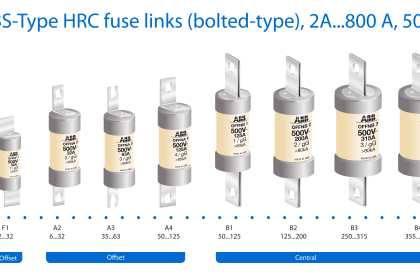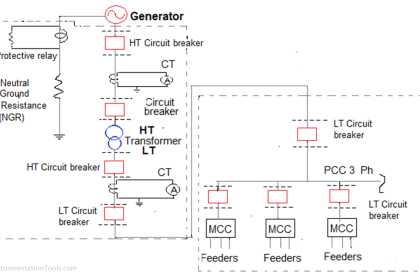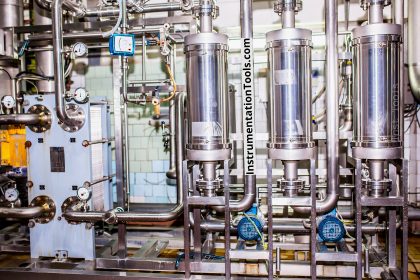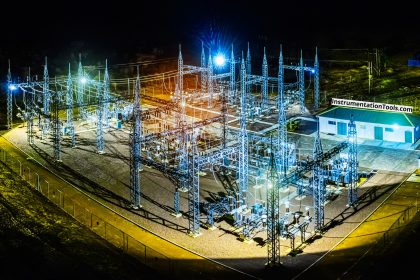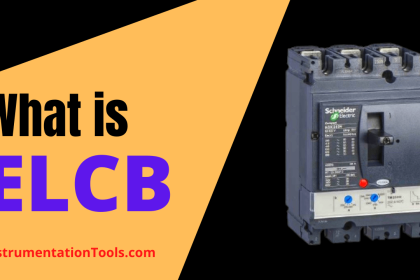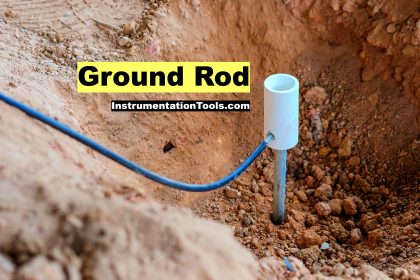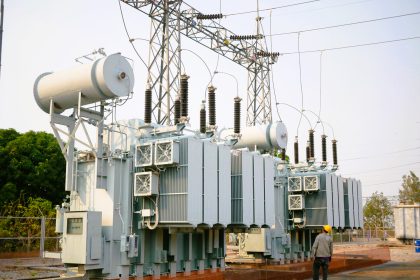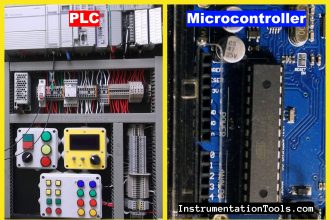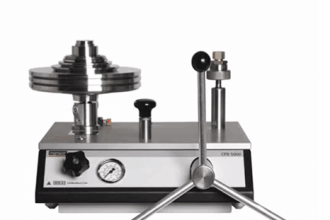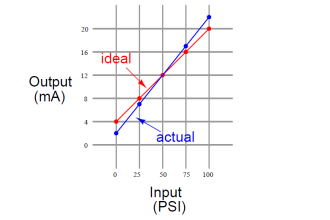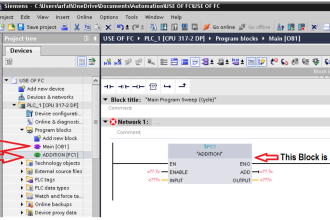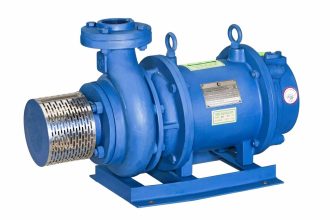A phase failure relay is a device that is used in electrical panels for a wide range of protection applications. The relay provides protection in case a phase supply fails, which if not stopped further, can damage an electrical device. In electrical panels, the design is specified based on the working voltage, which can be low, medium, high, or extra high. Phase fail relays are used widely in LV panels, though many wonder why it is required if it’s operating at lower voltages. In this post, we will see why phase failure relay is required in LV panels.
What is an LV panel?
First of all, let us understand what an LV panel is. LV stands for low voltage. These panels are designed to work only till a rated voltage of 1000 V or 1KV. These panels consist of a single power source (busbar), which then distributes it to multiple small panels inside it. That individual small panel is connected to a load and comprises circuit breakers, relays, meters, fuses, thermal overload protection, and cables.
LV panels are thus used for applications like distribution boards, motor control centers (MCC), feeder panels, and power factor correction boards. In addition, each sub-panel inside the LV panel will have indicator lamps and push buttons on the door mounting to allow operator interface. All this structure allows for a safe, reliable and engineered working of electrical panels.
What is a phase failure relay?
A phase failure relay is an electronic protection device, which monitors the three-phase AC supply and generates a digital output if any phase fails. So for example, if the Y-phase fails, then the relay will monitor this and quickly change its digital output. This output can then be used for further interlocking. When selecting this relay, consider your voltage ratings, frequency, and phase configurations. It can be DIN-rail mounted, panel-mounted, or plug-in type.
There is a nominal timing to check the failure inside the relay. When the timer elapses and still a phase has failed, the digital output will be generated. The output will be in digital form and either NO (normally open) or NC (normally closed). This output can either be used as an interlock in an electrical circuit path to cut off the supply or be fed to an external controller like PLC to control the output accordingly.
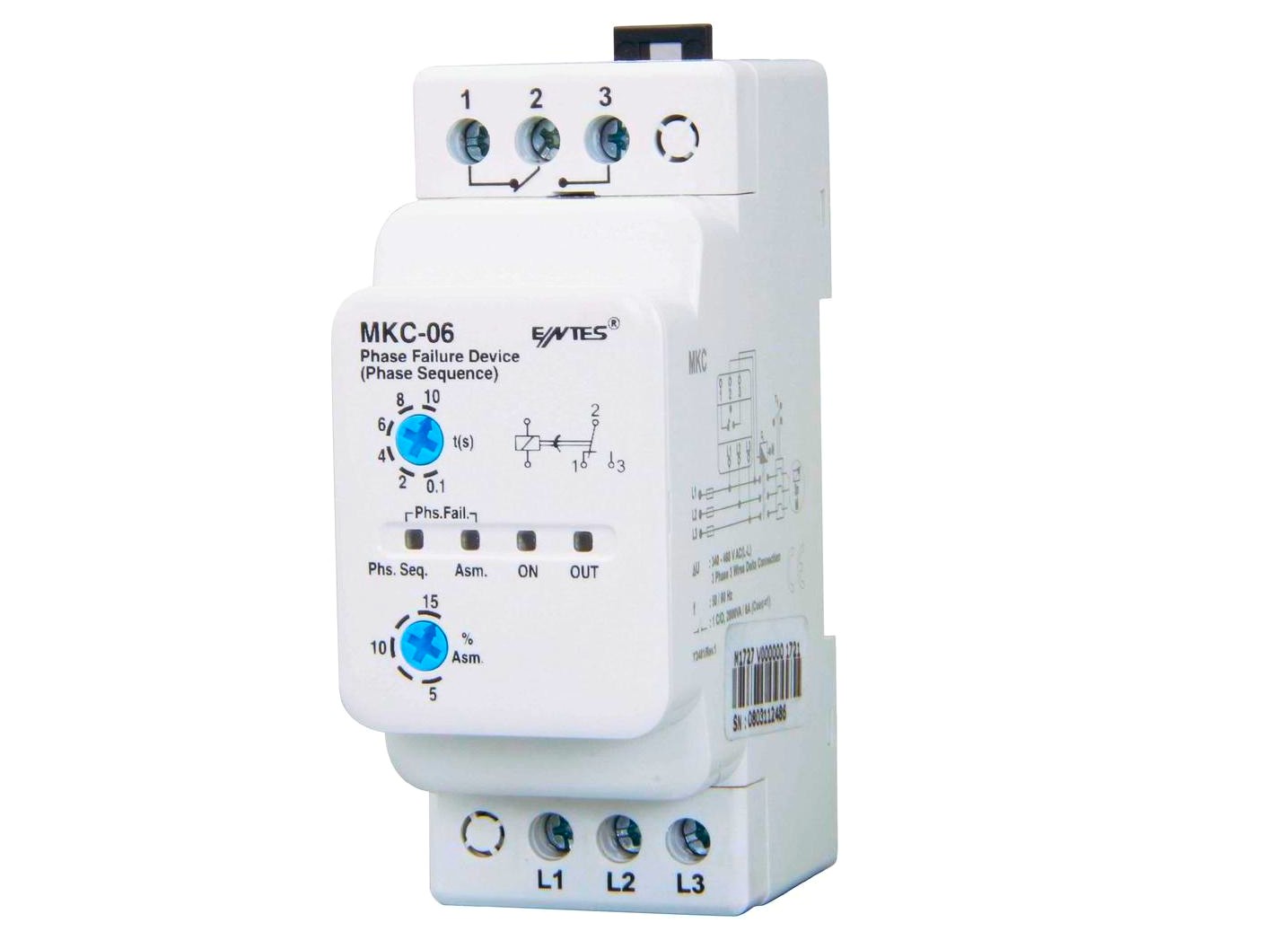
Why phase failure relays are essential in low-voltage panels?
- If one phase is lost or simply, the voltage goes below a set threshold, the load does not get the full rated supply voltage, which can damage its windings due to overheating. It can permanently make the device useless.
- If the phase supply is reversely connected during commissioning, or if one phase has a voltage imbalance than the other one, the electrical device will get damaged here too due to overheating.
- LV panels mostly have all of the plant’s main loads which are lower than 1000V ratings, like motors, pumps, compressors, and other three-phase loads. If all these three-phase loads are damaged through phase incorrection, then it causes major losses to a process.
- When you go higher than LV, the other ones are MV (medium voltage) and HV ( high voltage). These panels mostly used advanced protection relays, multifunctional protection relays, overcurrent relays or differential protection relays. Due to this, the importance of phase failure relay becomes more relevant in LV panels. This is because as LV panels don’t use such sophisticated relays, they will play an important role here.
- As phase failure is a critical event, the protection of persons around and nearby appliances or apparatus is also safeguarded by a phase fail relay. Otherwise, dangerous short circuit currents, insulation failure, or overloading can happen.
In this way, we saw why phase failure relays are used in LV panels.
Read Next:
- What are Switchgear Interlocks?
- What is an Automatic Circuit Recloser?
- Difference Between AIS and GIS Panel
- High-Voltage Testing in Electrical Panels
- Dangers of keeping CT secondary open
